Your Cart is Empty
Free Shipping on orders over €75 (Germany) | €125 (International)
Free Shipping on orders over €75 (Germany) | €125 (International)
Notions & Gifts
Books & Magazines
Patterns
- Annika Scheer | Rosemary & Pines Fiber Arts
- Ayano Tanaka
- Barbara Gottwik
- Crystal Hiatt
- Elena Solier Jansà
- Emily Joy Rickard
- Emma Ducher
- Fiona Alice
- Fiona Munro
- Imke von Nathusius
- Jennifer Brou
- Jill Thompson Beach
- Joan Forgione | Paper Moon Knits
- Julia Exner
- Kjerstin Rovetta
- Ksenia Naidyon | Life is Cozy
- Madeleine Renarde
- Makenzie Alvarez
- Making Stories
- Maria Muscarella
- Marina Skua
- Marthe Forodden
- Rebekka Mauser
- Renate Kamm
- Susan Schädler
- Tania Dejoie
- Valentina Cosciani
- Vanessa Pellisa
- Annika Scheer | Rosemary & Pines Fiber Arts
- Ayano Tanaka
- Barbara Gottwik
- Crystal Hiatt
- Elena Solier Jansà
- Emily Joy Rickard
- Emma Ducher
- Fiona Alice
- Fiona Munro
- Imke von Nathusius
- Jennifer Brou
- Jill Thompson Beach
- Joan Forgione | Paper Moon Knits
- Julia Exner
- Kjerstin Rovetta
- Ksenia Naidyon | Life is Cozy
- Madeleine Renarde
- Makenzie Alvarez
- Making Stories
- Maria Muscarella
- Marina Skua
- Marthe Forodden
- Rebekka Mauser
- Renate Kamm
- Susan Schädler
- Tania Dejoie
- Valentina Cosciani
- Vanessa Pellisa

Issue 10 Patterns – Now Available as Individual PDFs!

All Patterns
About Us
We're here to help you stitch sustainability into every aspect of your making.
With our carefully curated selection of non-superwash, plastic-free yarns and notions, we have everything you need to get started on your next project - and the one after that.
Here's to a wardrobe of knits we love and want to wear for years to come!
We're here to help you stitch sustainability into every aspect of your making.
With our carefully curated selection of non-superwash, plastic-free yarns and notions, we have everything you need to get started on your next project - and the one after that.
Here's to a wardrobe of knits we love and want to wear for years to come!
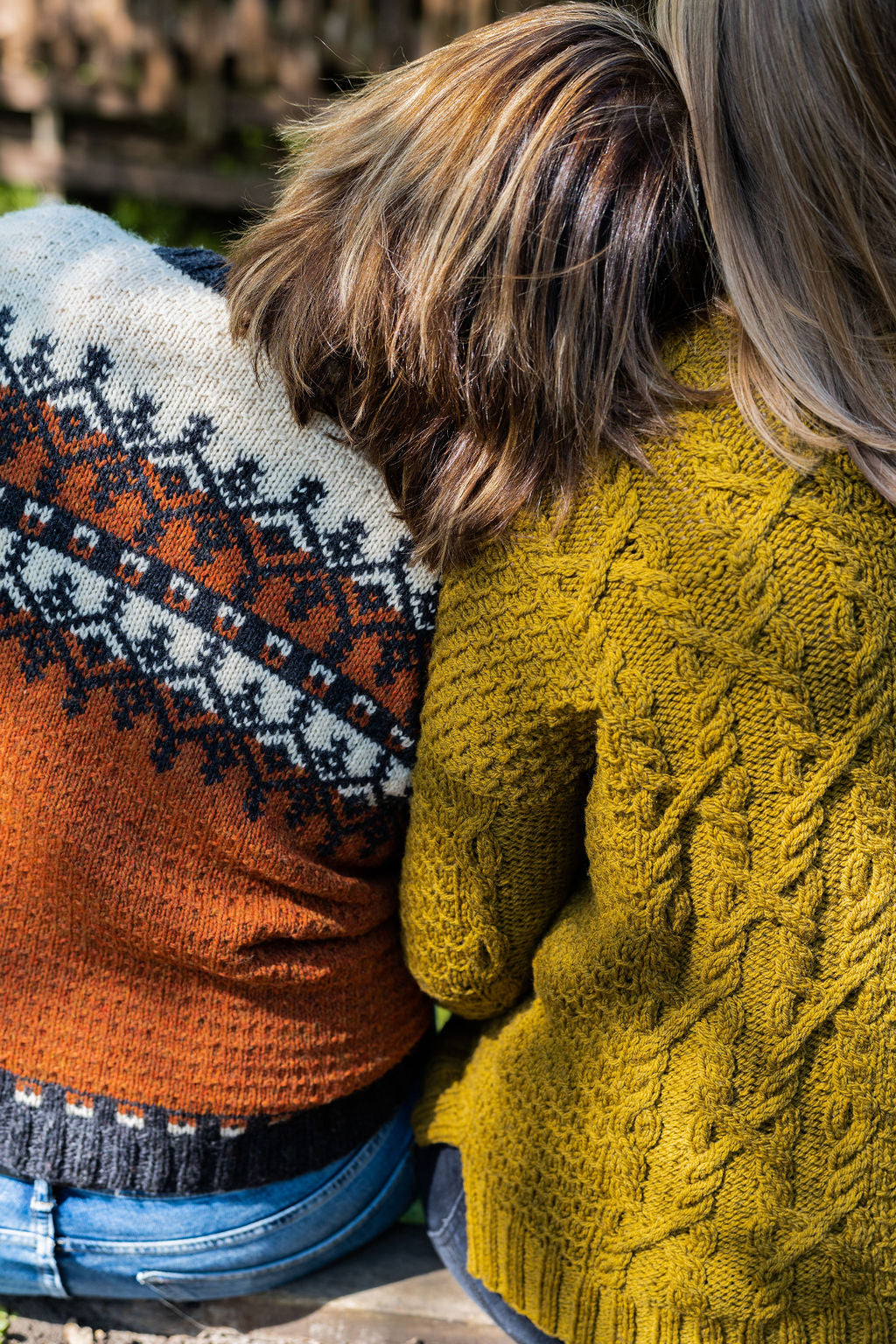
Our Sustainability Pledge
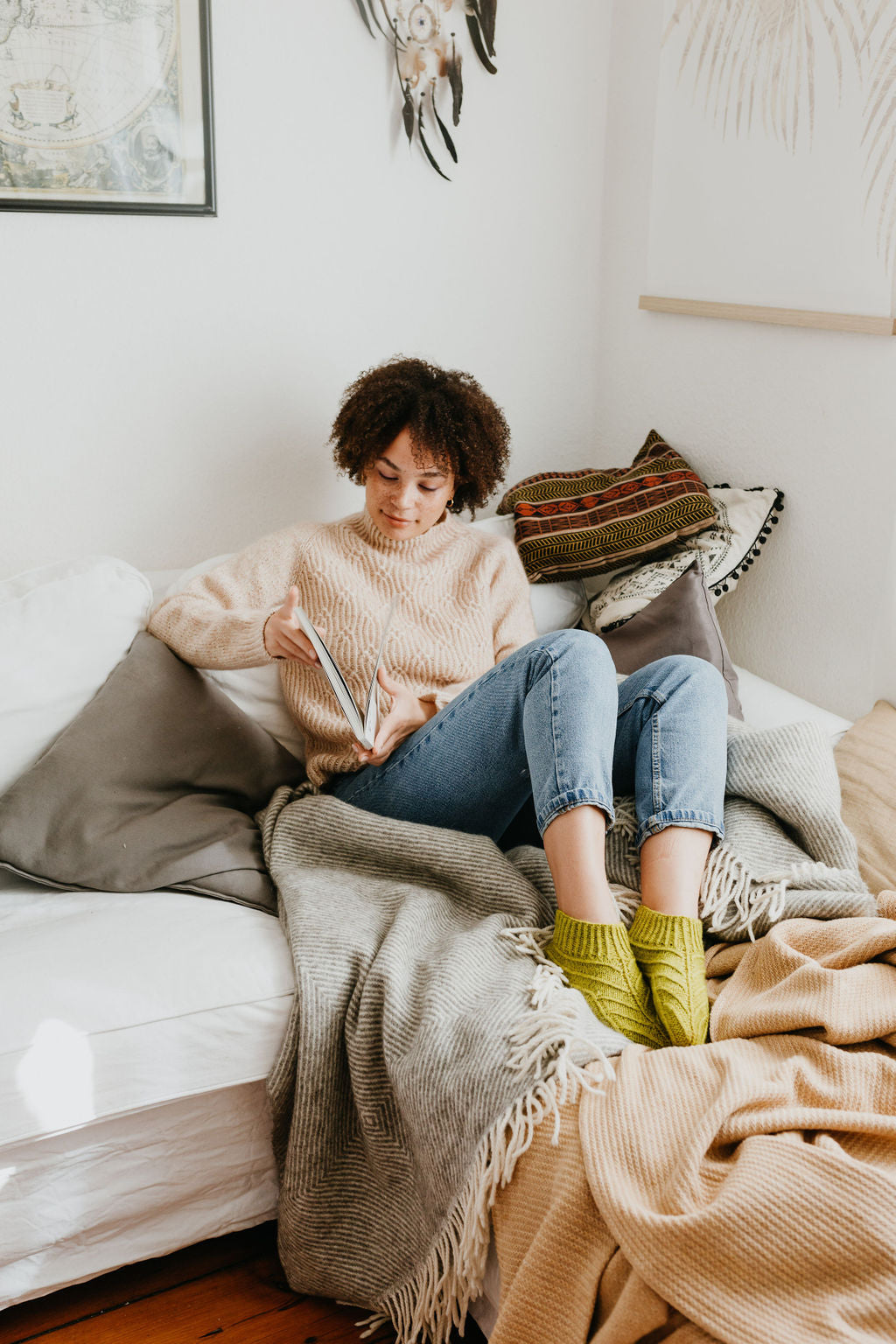
Our Blog
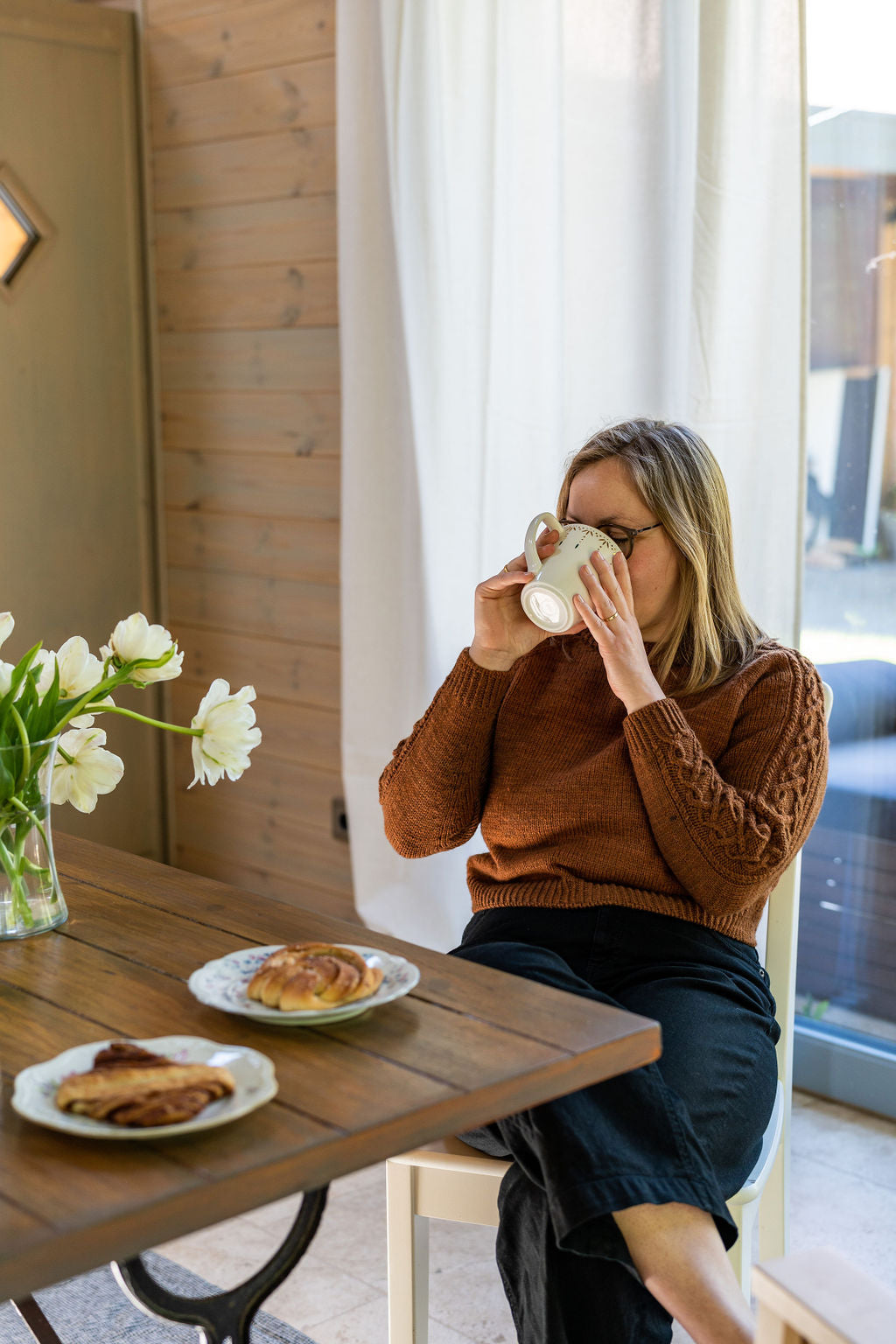
Our Podcast
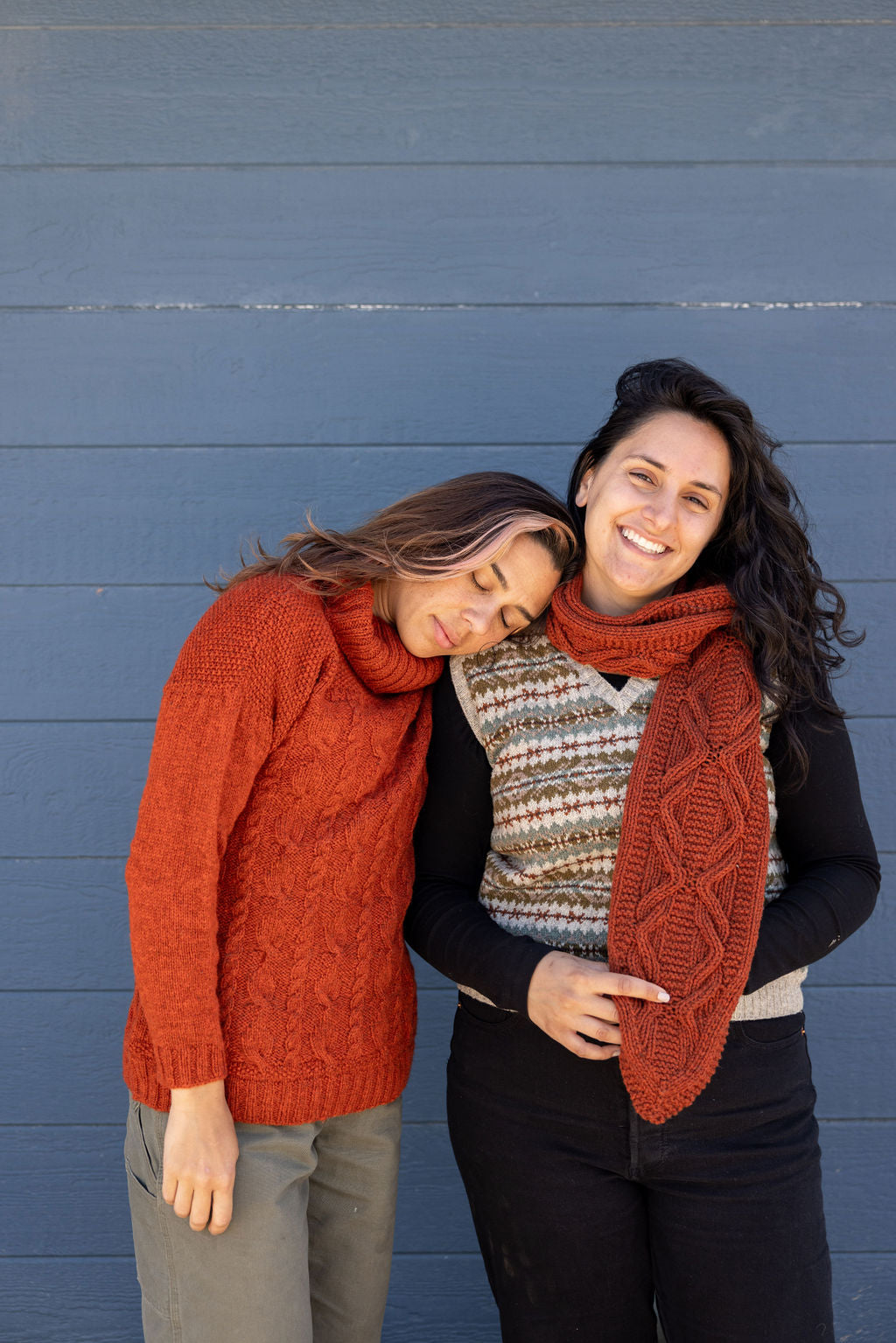
The Making Stories Collective
Understanding Ease & How It Affects Fit
February 10, 2021 6 min read 2 Comments
Hello friends, and welcome back to the blog! In our last post, we were looking at how to decide which is the right knitting pattern for you, and one of the things that help us to do that is understanding fit, and knowing how you want your knits to fit. Today, we are going to be looking in detail at something that greatly influences fit; Ease.

When I first started making my own garments, one of the things I really couldn't get my head around was ease, and in the beginning, I didn't give much thought to it. When it came to choosing what size to knit, I would find the size closest to my bust measurement and go with that. This led to uncomfortably tight sweaters that never looked like the ones in the pattern photos and they rarely got worn.
Understanding ease, and your preferred ease, is a huge step towards getting a fit you are happy with, so let's take a look in a little more detail.
What Is Ease?
Ease refers to the difference between the measurement of your clothes to the measurement of your body. Based on what that difference is there are different types of ease - you can have positive ease, negative ease, or no ease at all.
Most of the time, ease in a knitting pattern refers to the ease around the bust area, which is what we'll be focusing on for that next little bit. Let's say we have a 127 cm / 50" chest circumference and we are casting on a new sweater. If the sweater has a finished measurement of 134.5 cm / 53" chest circumference, you will have 7.5 cm / 3" positive ease. If it has a finished measurement of 122 cm / 48" chest circumference, you will have 5 cm / 2" negative ease. If your sweater measures 127 cm / 50" exactly, it will have no ease.
The amount of ease we have and the type of ease we have will really affect the fit. Let's look at the types a little more closely:
-
Positive ease: This is when your clothes are larger than you are, so there is space between you and the fabric of what you are wearing. It's the type of ease you will see most often and a classic-fitting sweater usually lands around 2" of positive ease. Of course, you can play around with even more positive ease for a more relaxed, oversized fit and achieve some really interesting silhouettes.
-
Negative or no ease: This is when your clothes measure the same, or less than your own body measurements, and there is no space between you and the fabric you are wearing. These garments will give you a much more fitted look and it's something you'll often see in vintage or vintage-inspired patterns. A garment with no or negative ease follows your natural silhouette, so a yarn or fabric with a little stretch can help to accentuate that and keep your FO comfortable and wearable.

Deciding on how much ease you want will probably differ from project to project, but over time you may notice that you have a preference based on what you wear the most. For example, in the past, I've always stuck to projects with a fairly classic fit, but over the past year, I've been wearing these FO's less and less. This is because thanks to the global pandemic, I don't go anywhere, and I usually wear my woolens when I'm out and about. Instead, I've been reaching for my partner's clothes, who's much bigger than I am. Clearly what I'm craving right now is a more oversized silhouette with lots of positive ease, so that is what I'm am planning for upcoming projects, because I know I'll wear them all the time around the house!
Before we move on, let's chat about ease in other areas. So far we have only talked about ease around the bust, but you can add ease anywhere you like. For example, there's been a huge trend for oversized sleeves in the past few years, and this is achieved by increasing the positive ease as opposed to tapering towards the wrist. Ease plays a huge part in the design process and commands the style and fit of the finished piece, which leads us to the next section of this post; Recommended ease.
What is 'recommended ease', and do you have to stick to it?
Recommended ease is the amount of ease the designer is suggesting to get the fit they have envisioned for their design. Just as we discussed above, the amount of ease they use will change the look of the finished pattern, so it's a pretty big decision that's made early on in the designing process.
If you are unfamiliar with how designers add ease, here's a super quick breakdown. The designer has an idea for a design and depending on how they want that design to fit they'll work out how much positive or negative ease each area of the garment will have. They will then add or subtract the amount of ease to the body measurements they have for each size they are writing the pattern for, and this will give them the finished garment measurements to use when writing the pattern.
But is it the right amount of ease for you? When I'm deciding on the fit I want, my first step is always to look at the modeled photos. Hopefully, the designer or publication has given you the information of what size the model is wearing and exactly how much ease that size has on them. If you are unsure, by all means, reach out to them and ask!
If you love the look of the fit on the model, then it's a good indication that sticking to the recommended ease is the way to go. However, if you love the pattern but want a little more ease, or instead would prefer it to be a little more fitted, that's absolutely fine! But there is something you must always keep in mind...
Don't just rely on the chest measurement
The chest circumference is such an important measurement and the main one to look at when choosing what size to knit, but you should always have a look at the other measurement just to double-check it will give you the fit you want. I recommend doing this even if you are knitting the pattern as written with the recommended ease, but especially if you are choosing a size based on your own preferred ease. This is because few patterns have the same amount of ease all over. Let's look at an example.

Northbound is a pattern I created for Issue 3, and it was designed to have 28 - 33 cm / 11 - 13" positive ease at the bust. As the body has an oversized, relaxed fit, I wanted to balance out the silhouette with tapered sleeves, which only have between 2.5 - 5 cm / 1 - 2" of positive ease. If you are looking to knit this pattern with less ease at the bust and you simply go down several sizes, the chances are your sleeves will be too tight. This means you may need to mix and match different sizes to get the fit you like, but don't worry, we'll be covering that in a future post!
Another key area to pay attention to when you're sizing up or down is the back neck measurement. It doesn't matter how amazing the rest of your sweater is, if the neck doesn't fit right it's guaranteed to never make it out of your wardrobe. The neck is calculated based on the back neck measurement, so if you move sizes based on the bust measurement to get the ease you want, you are moving for those measurements also, and they may not work for you. With Northbound, this isn't a huge issue as it has a deep v-neck and I kept the back neck fairly narrow across all the sizes so the drop shoulder wouldn't drag it down. If this were a crew neck though, you could end up with a neck that's way too small or way too big.
So what's the takeaway?
Understanding ease is a huge step towards choosing, not only a pattern that works for you, but a size that gives you the fit you want. It will take a lot of the guesswork out of what the end result will be, which means less time worrying, and more time relaxing with your knitting!
If you do find yourself wanting to make adjustments to the recommended ease in a pattern, remember to look at all the measurements that a pattern gives and make sure if you do size up or down for a particular area like the bust, that the rest of the measurements for that size will work for you too. If they don't, this is where you may need to make a few alterations to the pattern. If the thought of alterations leaves you feeling a little overwhelmed, then please don't worry. We will be tackling just this over the coming months right here on the blog, so stay tuned! It might seem like a lot of work, but it's so worth it to get the fit you want.
Phew, I really didn't think I had so much to say about ease! I hope you have found this post helpful if ease is something you have been struggling with. If there's anything I've missed or you have any questions at all, please do share them in the comments below, or email me at claire@making-stories.com.
2 Responses
Olivia
February 10, 2021
This is such a great post! I have really struggled with adjusting patterns for ease because I am petite but have more muscular arms. I want lots of ease in the bust but I hate when the neck gets too big, and I am not sure how to change that in the pattern.
Leave a comment
Comments will be approved before showing up.
Also in Blog

6 Joyful Spring Knitting Patterns - My Current Favorites!
April 10, 2024 4 min read
Hi lovelies! Spring has sprung here in Berlin – as I am typing this (mid March), the buds on the chestnut tree out the window are a few days away from bursting, the forsythias are in full bloom, and our strawberry plants have started their comeback as well (leaves so far, but Aurin checks every day for berries :)).
So it's no surprise at all that today's blog post is very much inspired by the sun and the warmer days to come! I have put together a sweet roundup of 6 joyful spring knitting patterns, all of which I'd love to have on my needles soon. (If someone can get me an extra day or two per week to knit (oh, and to spin), I'd love that!)
The three yarns I've paired them with are my favorite spring / summer yarns: De Rerum Natura's Antigone, a delightful sport-weight linen yarn, Wooldreamers' Saona, a 50% Spanish cotton, 50% Spanish wool blend, and Natissea's Pernelle, our newest spring yarn: A 100% European hemp yarn!

Get to Know: Pernelle, our first 100% hemp yarn!
April 02, 2024 3 min read 1 Comment
Hi lovelies! As you might know, we are slowly, surely expanding the portfolio of the shop – I am always on the lookout for wonderful sustainable yarns that might fill gaps we still have, and one that was on the list since last summer was an additional spring / summer yarn.
When I learned about Natissea, a French yarn company dedicated to organic plant yarns, from Audrey Borrego last year, I immediately contacted them to order some samples. As soon as I had Pernelle, their 100% European hemp yarn, on the needles, it was love – grippy, but not ropey, with a lovely drape that only got stronger after a good washing and blocking session.
The shade cards had me swooning too – a really comprehensive, well-composed range of colors with something for everyone in it, from neutrals to spring-inspired pastels to deep jewel tones.
So I was so pleased when Natissea accepted us as a stockist – and I am extra excited to introduce Pernelle to you. Our first 100% hemp yarn, perfect for summer tops, T-Shirts, and lightweight sweaters!
I reached out to Mathilde over at Natissea and she graciously agreed to answer a few questions about Pernelle. I loved reading her answers!

Issue 11 - in and out by Liza Laird
March 11, 2024 1 min read 2 Comments
Hello lovelies!
I am back today with a slightly unusual post that starts with a big, big apology to Liza Laird. Liza is a wonderful author (you might know her book Yoga of Yarn), knitter, teacher and yogi, and we were supposed to publish her beautiful poem "in and out", inspired by the ocean, in our Issue 11, "Seashore".
While I was putting the final touches on our layout, I realized that we had a spread too many (we always print in increments of 4 pages, or 2 spreads) and inadvertently cut the spread with Liza's poem instead of the photo spread I meant to delete.
Who Is Making Stories?
We're a delightfully tiny team dedicated to all things sustainability in knitting. With our online shop filled with responsibly produced yarns, notions and patterns we're here to help you create a wardrobe filled with knits you'll love and wear for years to come.
Are you part of the flock yet?
Sign up to our weekly newsletter to get the latest yarn news and pattern inspiration!
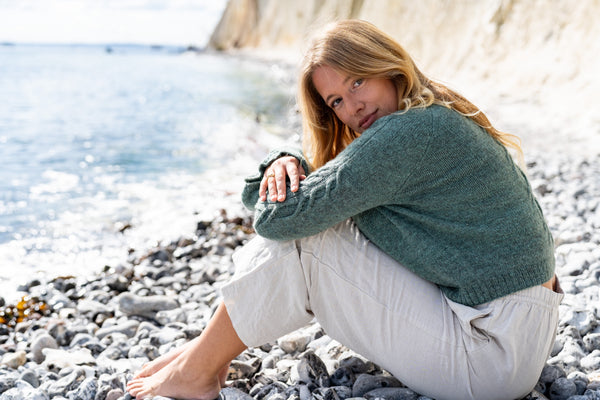
Join the Making Stories flock!
Every Tuesday our newsletter arrives in your inbox, full to the brim with Making Stories goodness. If you would like to join in on the fun, fill in the form below.
As a thank you, we gift you a digital publication of your choice!

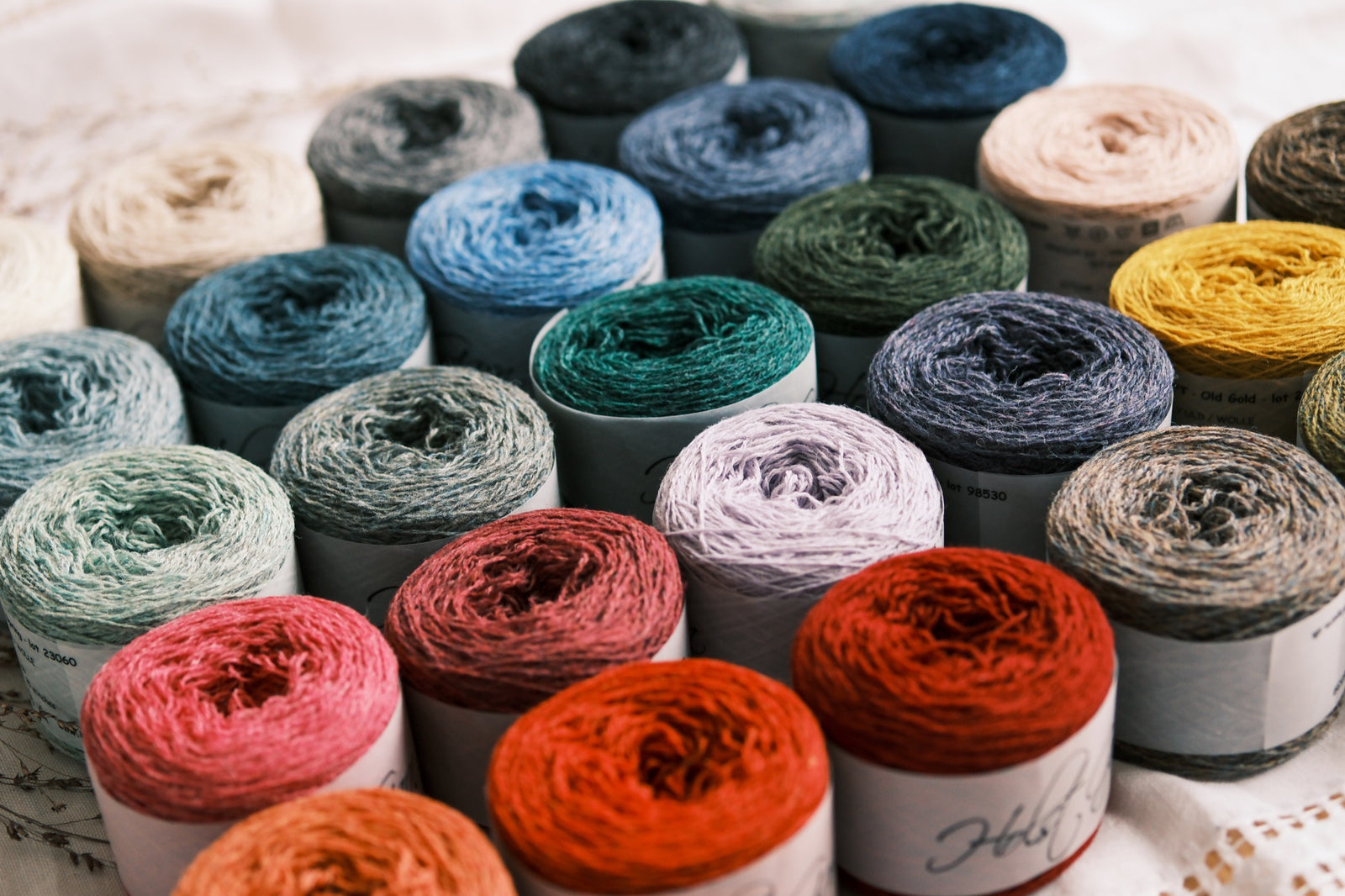


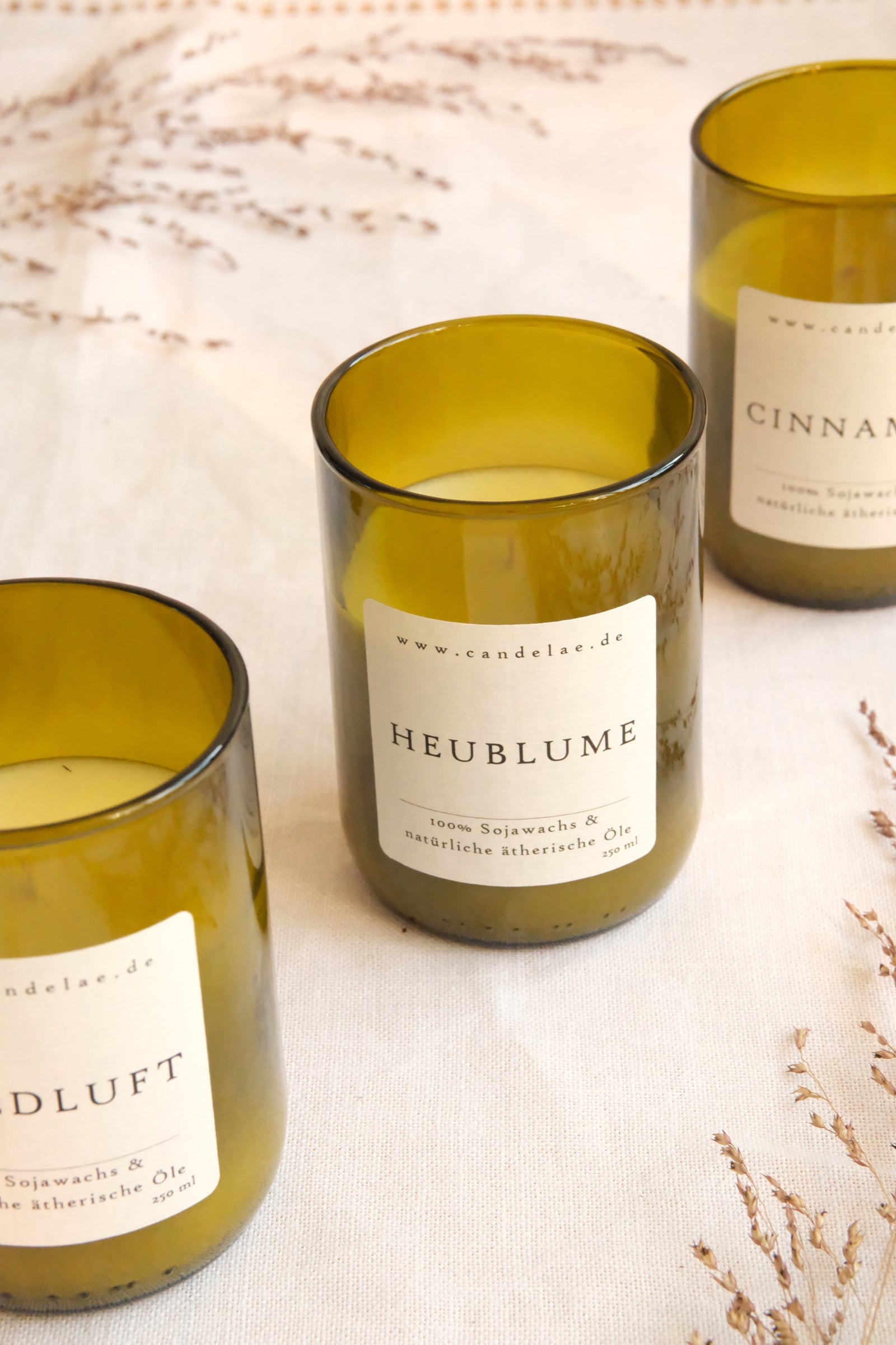


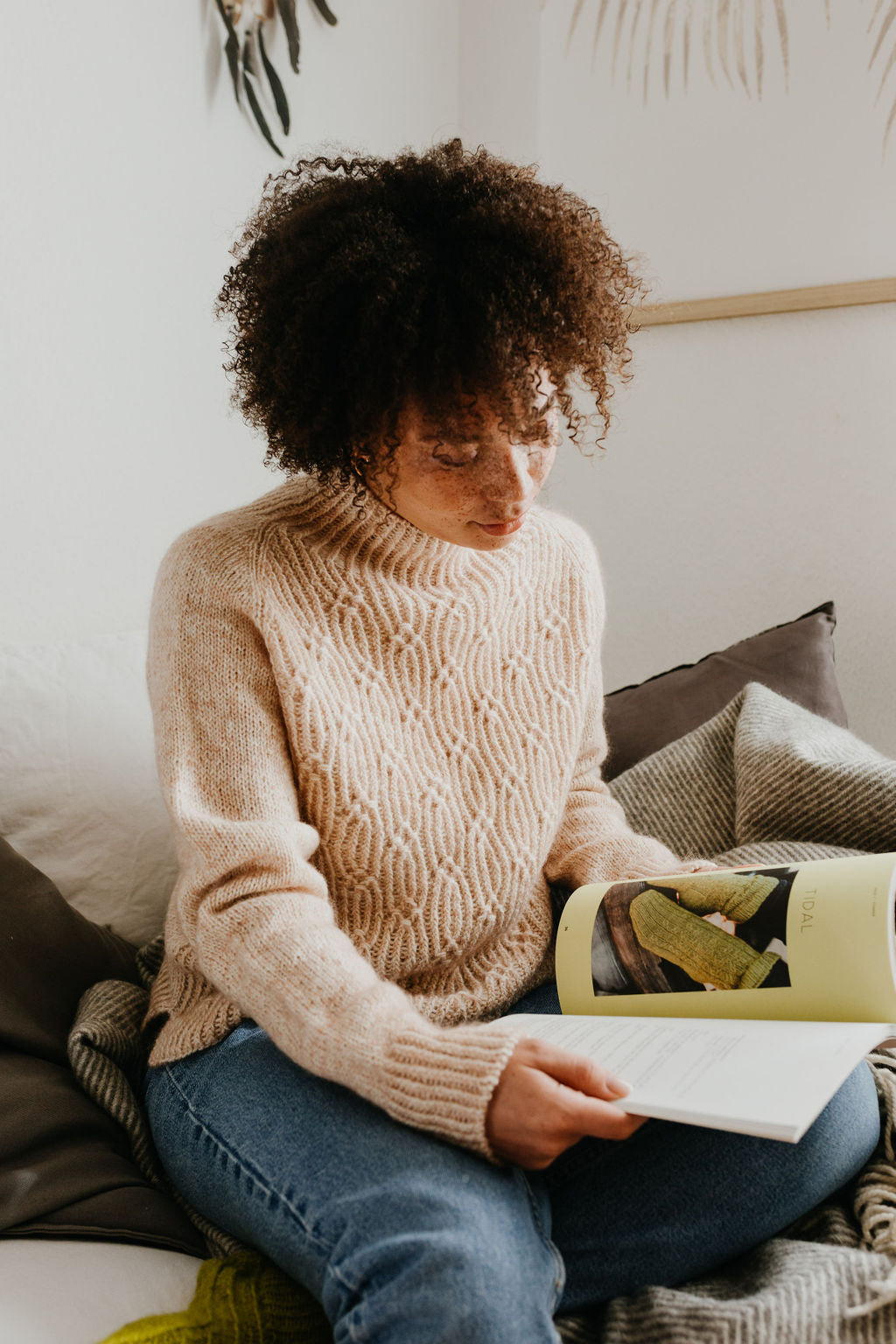
Elena
February 08, 2022
Thank you very much for this blog entry. It was very helpful.
Have I understood correctly that the measurements in the magazine are given with the ease?
I mean the following. When in the description state that the chest circumference is 120 cm and the ease is 10 cm, does this mean that the original chest circumference is 110 cm?
Thank you in advance